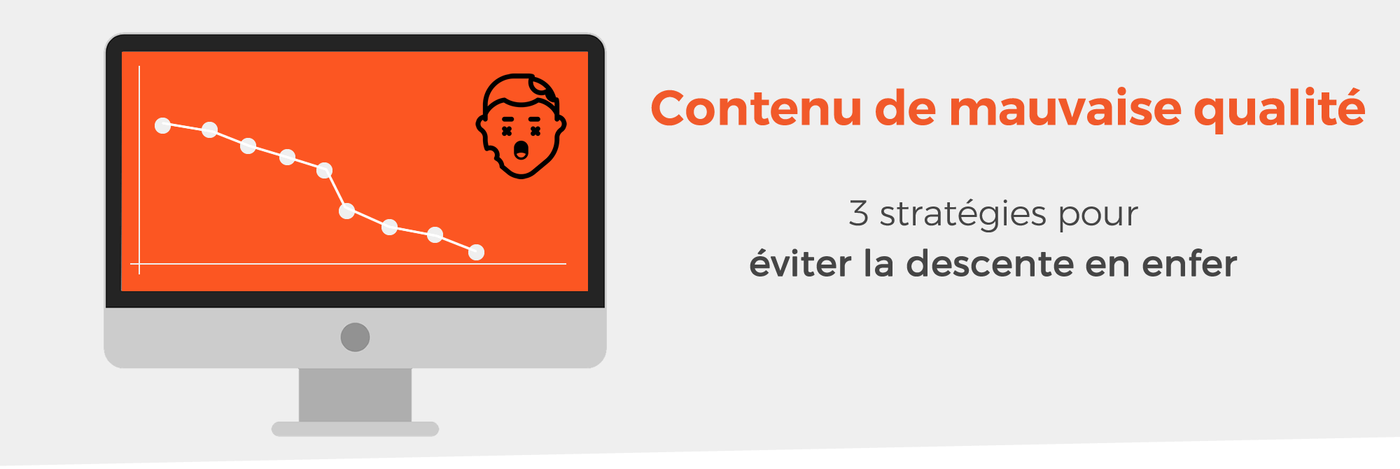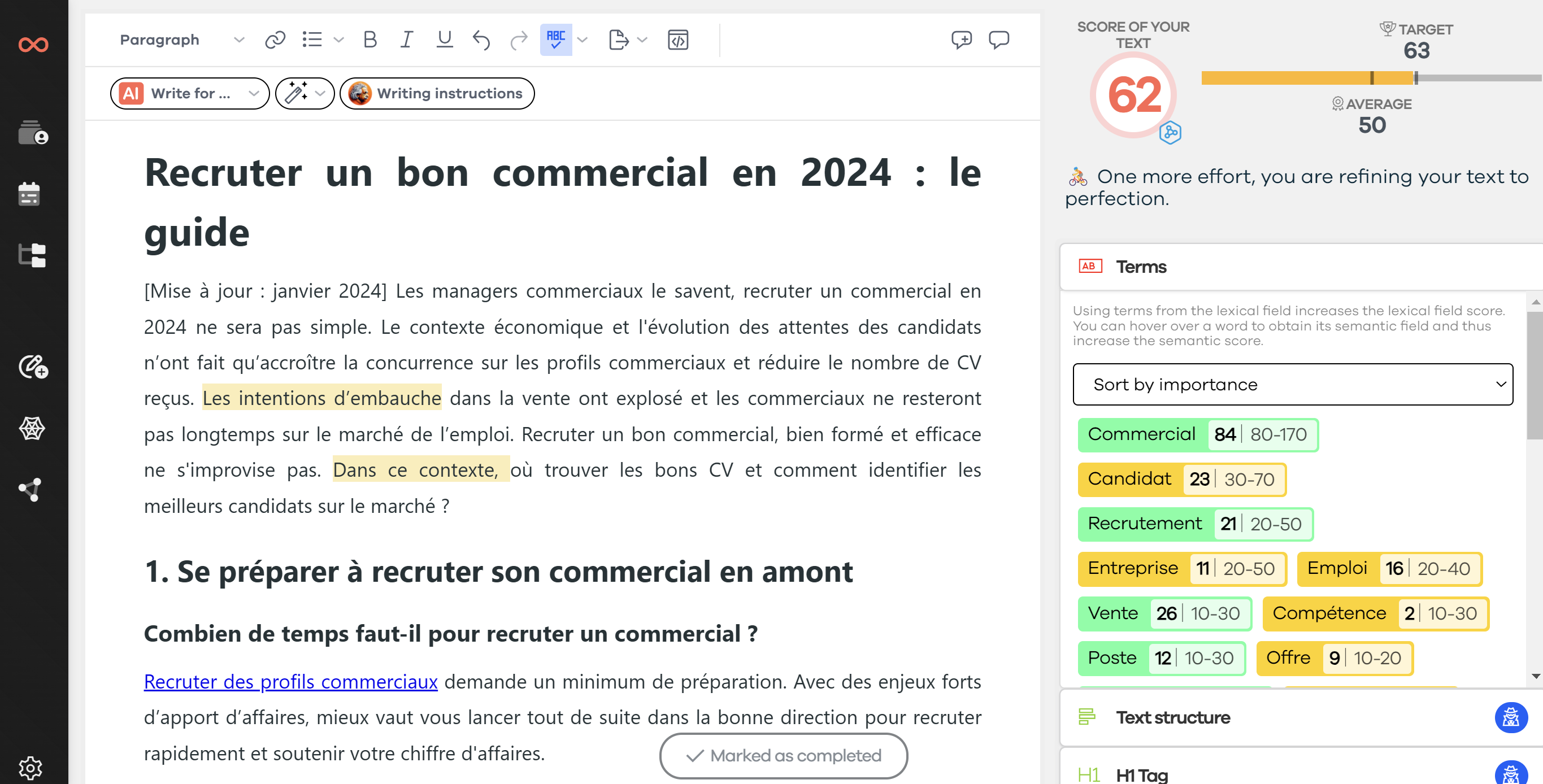You wouldn't want to discover the distressing situation in the chart below for one of your sites or your client's site. Accumulating low-quality content is dangerous for SEO. Discover three strategies to avoid this downward spiral.

Online dating website penalized by Google Panda filter
🚀 Quick read: 3 actions to manage low-quality content
After identifying low-quality content on your site, you have three options to remedy it:
- Update the content: refresh the information, add value, consider Google EAT criteria, etc.
- Redirect to another page: find other content that better addresses the topic's current state or the search intent.
- Use a noindex tag in the source code: send a clear message to search engines to deindex your page.
📉 Low-quality content: a hindrance to your business
Depending on the size of your site or blog, you may have more or less low-quality or outdated content. I define low-quality and outdated content as:
- Articles or blog posts with less than 300 words,
- Lack of attention to the user's intent,
- Poor lexical field and semantic field,
- Non-compliance with SEO best practices (see the main Google algorithm updates to know).
- Outdated and obsolete content,
- Duplicate content (easy to check with a plagiarism detection software).
Note that short or outdated content is not inherently bad. In fact, it sometimes adds value to a website. However, if you notice that these pages are plummeting in the SERP, then it's probably time to revise them.
Concrete example for a site in the online dating field
Let's take the example of a relatively old blog post titled "the different methods of dialogue and meeting people online." Suppose this blog post is still a significant source of traffic and links.
In this case, it is essential to determine whether this article is outdated or not. If it was written in 2012, it is very likely that the page is no longer useful for the end-user. Indeed, online dating has changed a lot in recent years (Tinder and co having disrupted the traditional market).
In cases like this, the main thing is to consult the data. This includes checking traffic, backlinks, and keyword rankings. Even if these results are positive, user signals will inevitably decrease over time.
As a result, the page's ranking will suffer (see the Google Analytics curve on the dating site). It's obvious that people looking for information on online dating are not interested in content from 2012.
Use Google Analytics to identify weak links
You can use Google Analytics to study user behavior on your pages. This way, you can easily judge which content needs your attention.
I usually identify them by exporting pages with a bounce rate higher than 80% AND a visit duration shorter than 20 seconds over a one-year period.
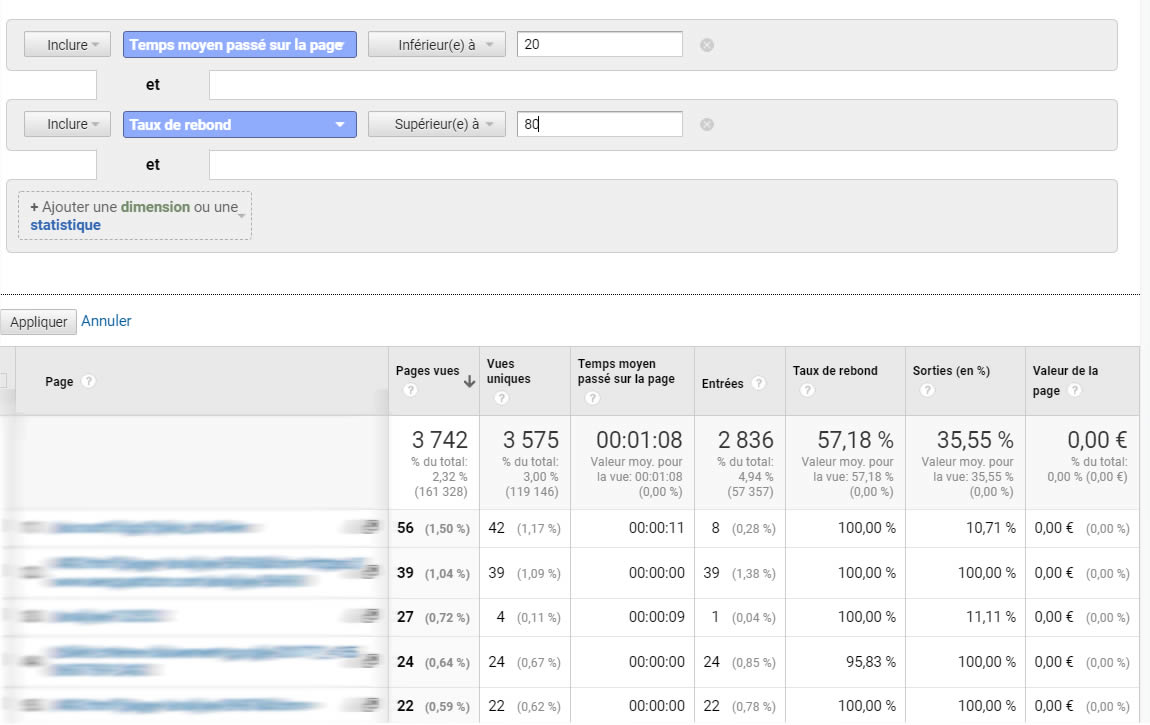
Identify low-quality pages in Google Analytics
When deciding whether to delete or update a page, ask yourself the following questions:
- Is this page still relevant to my market? Is it in line with the market?
- What role does the page play in the user's journey today?
- Does it still generate traffic and engagement?
In highly technical vertical markets, such as the legal or accounting sector, content must be regularly updated to comply with current regulations.
Keeping all this in mind, let's look at which situations may require deleting, redirecting, or updating low-quality content.
👉 3 strategies for managing low-quality content
There are three strategies when it comes to managing short content:
- update,
- redirect,
- noindex tag.
However, before choosing one of these 3 options, I must emphasize the importance of keeping in mind the reason why the content was created!
Some SEO consultants pay attention to the changes Google makes to its algorithm, such as adding new rules and penalties. However, most of the time, the American company is only trying to reaffirm existing criteria.
The Panda filter (deployed in 2011) led to a significant change in Google's ranking factors. It was implemented to prevent low-quality content from appearing in the top results. Panda had a seismic effect on our industry and changed how search engine optimization (SEO) approaches content creation.
With this new algorithm, short and low-quality content not only negatively affects the page's value, but it also devalues the entire website. The new August 2022 update, called Helpful Content Update, further reinforces this crucial aspect of your organic SEO.
In general, page analysis should be done on a case-by-case basis to evaluate the different strategies that will fully utilize each page's potential. Each option presented in detail below has advantages, and your decision should depend on your goal and the content's form.
💥 Redirecting or deleting your content
There are many reasons to consider deleting an article, including duplicates or user-generated content. But there are other arguments in favor of completely removing content:
- no longer corresponds to the current product range,
- no longer reflects current industry trends or best practices,
- its timeliness is outdated and inaccurate,
- does not comply with current SEO standards.
Additionally, you may also consider updating or replacing any content that does not provide value to your customers and has a high bounce rate.
When deleting a page, you must perform a 301 redirect to another relevant content. This will prevent a 404 error that neither users nor Google appreciate! Moreover, it helps maintain the page's popularity.
For duplicate or outdated web pages, it is wise to insert a noindex tag and thus avoid disrupting internal navigation while also removing the page from search results.
If a web page still has positive indicators but is no longer in line with your product range or is outdated, why not consider placing a 301 redirect to relevant content? This strategy is particularly suitable for content with an obsolete subject.
💱 Updating your content
On the other hand, some of your old articles or some elements of your content might still continue to add value to your SEO if properly optimized. In fact, Olivier from Webrankinfo conducted an interesting study on this topic.
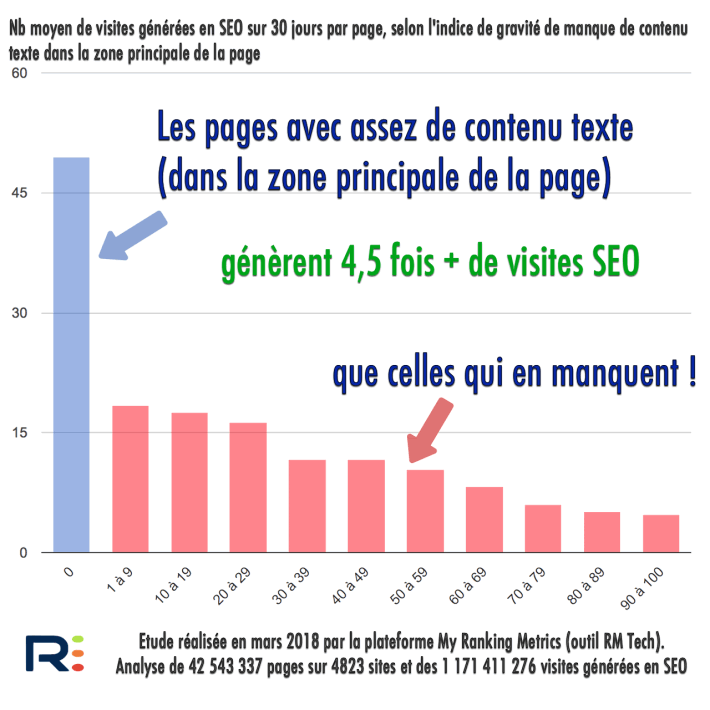
Updating has many advantages over creating new content:
- less work;
- the content already has backlinks;
- keyword popularity can increase;
- existing content maintains the size of your site in Google's index and thus increases your indexing rate.
Plan your content management system (WordPress, Joomla, ...) to update your articles to make them more recent. This action could increase keyword popularity and help you gain positions on your long-tail keywords.
Use SEOQuantum to make your job easier
SEOQuantum is an excellent tool when it comes to optimizing content with the Content Optimization Tool.
An example for the dating site case with the key phrase "online dating site" and content published in 2013 ranked in the TOP3.
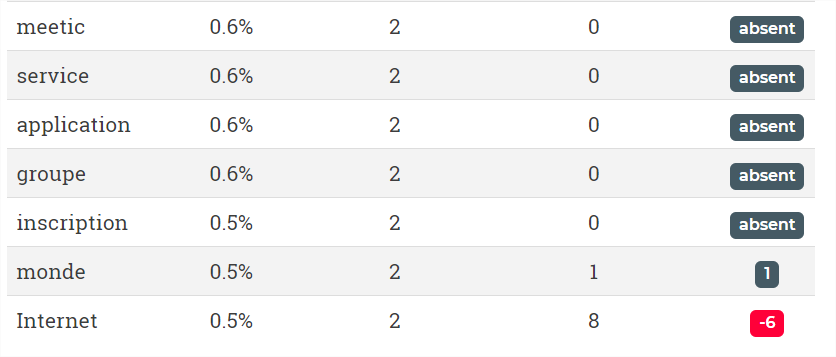
Excerpt from SEOQuantum's text optimization tool
With the arrival of dating apps available on stores like Tinder, Happn, this article is partially incomplete. The consequence is a gradual downgrading of the top positions on the key phrase.
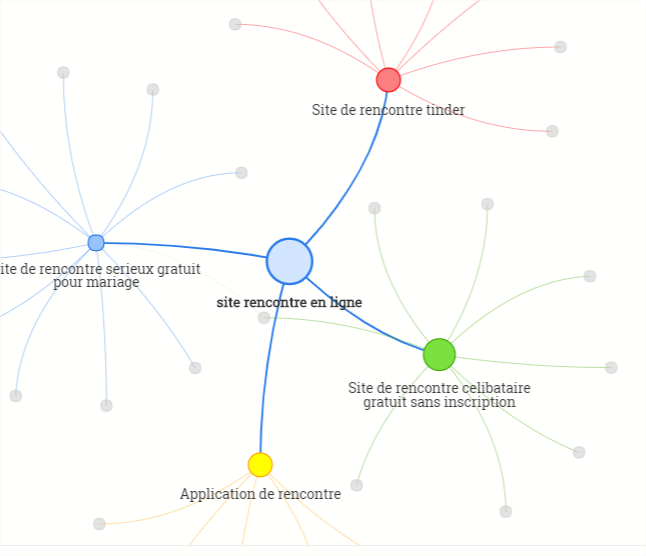
Same trend in SEOQuantum's content suggestion tool
Beyond updating the content, you might also consider updating:
- titles,
- descriptions to increase click-through rates (CTR)
- the relevance of specific keywords.
Why not consider reusing old content and updating it with multimedia content? Think about creating an infographic or a video to support the content you'll share on social media and by email.
A smart strategy is to update and rewrite content whenever you can. Since they represent an investment, you don't want to delete pages that you took the time to create, and that's understandable.
🔎 Regularly check content
Page analysis is a challenging task. A bad 301 or 302 redirect can cause serious problems with user experience and internal navigation.
To address issues related to content obsolescence, it is essential to schedule an annual check and examine each web page. This way, you can assess their performance and relevance in relation to your current goals. Use tools like Screaming Frog to help you check each page and identify thin or underperforming content.
Regular audits are a first step in finding new ways to communicate with your readers and optimize their experiences on your website.
To ensure your content's current compliance with SEO criteria, also consider staying informed by conducting good Google SEO monitoring. Additionally, keep an eye on current market trends by performing at least an annual SEO competitor analysis.
Knowing how to recognize low-quality content is essential for your SEO. Moreover, providing high-value texts is crucial to meet your readers' needs. Thus, you should only have excellent pages on your website.
Once you have identified low-quality content (especially using Google Analytics), remember the reasons for creating this content. Then, you can undertake the most appropriate action to rework these pages:
- delete them (with a 301 redirect),
- redirect them (301 or 302) to similar content,
- deindex them using the noindex tag,
- update them (save time with SEOQuantum's tool).
Now, it's your turn to play! Go to your Google Analytics (or Google Search Insights) to find content that no longer matches your offer or the requirements of users and Google. List all these URLs in an Excel file and try to remember why you created this type of content. Then note the necessary action to improve your relevance and SEO in the long term.
Next, whenever you have some time, make the necessary content changes. Google and your readers will thank you!
🙏 Sources used to write this article
Need to go further?
If you need to delve deeper into the topic, the editorial team recommends the following 5 contents:
